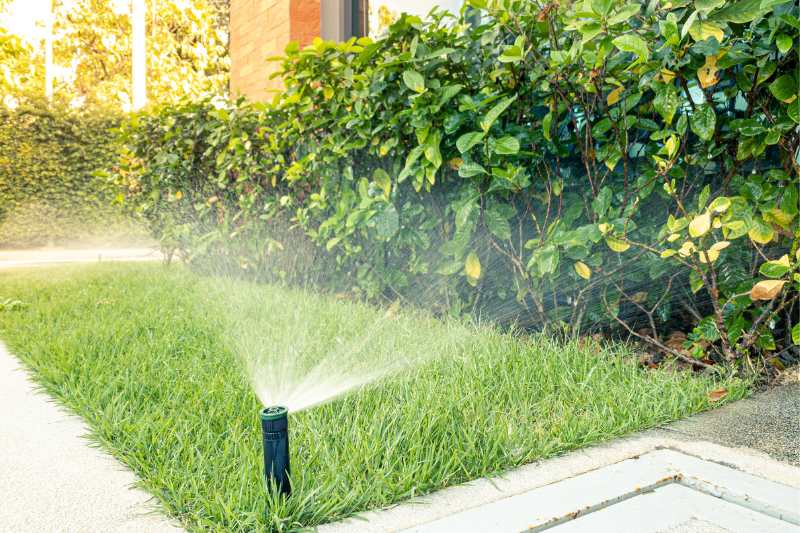
With these changes, you can enjoy a beautiful garden while minimizing your impact on the environment. Precision Irrigation Enhance, Revamp, and Redesign Irrigation has been a vital component of agriculture for centuries, ensuring the growth and productivity of crops. However, traditional irrigation methods have often been inefficient, leading to water wastage and reduced crop yields. In recent years, precision irrigation has emerged as a game-changer in the agricultural industry, offering enhanced efficiency, improved crop health, and increased sustainability. This article explores how precision irrigation has revolutionized the way we water our crops, and how it continues to evolve through enhancement, revamping, and redesign. Precision irrigation involves the application of water in precise amounts and at specific locations, tailored to the needs of individual plants or sections of a field. This approach utilizes advanced technologies such as sensors, weather data, and automation to optimize water usage and minimize waste. By providing crops with the right amount of water at the right time, precision irrigation ensures optimal growth and minimizes the risk of water stress or overwatering.
One of the key ways precision irrigation has been enhanced is through the integration of real-time data and analytics. Sensors placed in the soil or on plants can measure moisture levels, temperature, and other relevant parameters, providing farmers with accurate information about the water requirements of their crops. This data can be analyzed and used to make informed decisions about irrigation scheduling, allowing farmers to optimize water usage and reduce costs. Furthermore, precision irrigation systems can be revamped by incorporating remote monitoring and control capabilities. With the help of internet connectivity, farmers can remotely monitor and adjust irrigation systems, ensuring that crops receive water even when they are away from the field. This not only saves time and effort but also enables farmers to respond quickly to changing weather conditions or unexpected events, preventing water stress or waterlogging. In addition to enhancement and revamping, precision irrigation is also undergoing continuous redesign to further improve its efficiency and sustainability. For instance, some systems now utilize drones equipped with thermal cameras to detect variations in crop water stress levels.
This allows farmers to identify areas of the field that require immediate attention, enabling targeted irrigation and reducing water wastage. Moreover, precision irrigation is being integrated with other smart farming technologies, such as artificial intelligence and machine learning. These technologies can analyze vast amounts of data collected from various sources, including weather forecasts, soil conditions, and crop growth patterns. By combining this information with historical data, AI-powered systems can predict crop water requirements with high accuracy, https://arizonairrigationrepair.com/sprinkler-system-revamps-redesigns/ enabling proactive irrigation management. The benefits of precision irrigation are numerous. It not only conserves water but also reduces energy consumption, fertilizer usage, and the risk of soil erosion. Additionally, by ensuring optimal water distribution, precision irrigation promotes uniform crop growth, leading to higher yields and improved crop quality. In , precision irrigation has transformed the way we irrigate our crops, offering enhanced efficiency, improved crop health, and increased sustainability. Through continuous enhancement, revamping, and redesign, precision irrigation systems are becoming increasingly sophisticated and effective.


